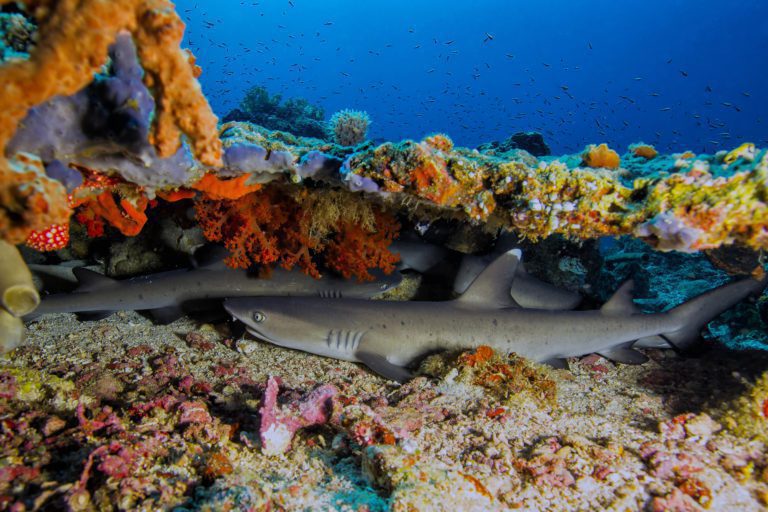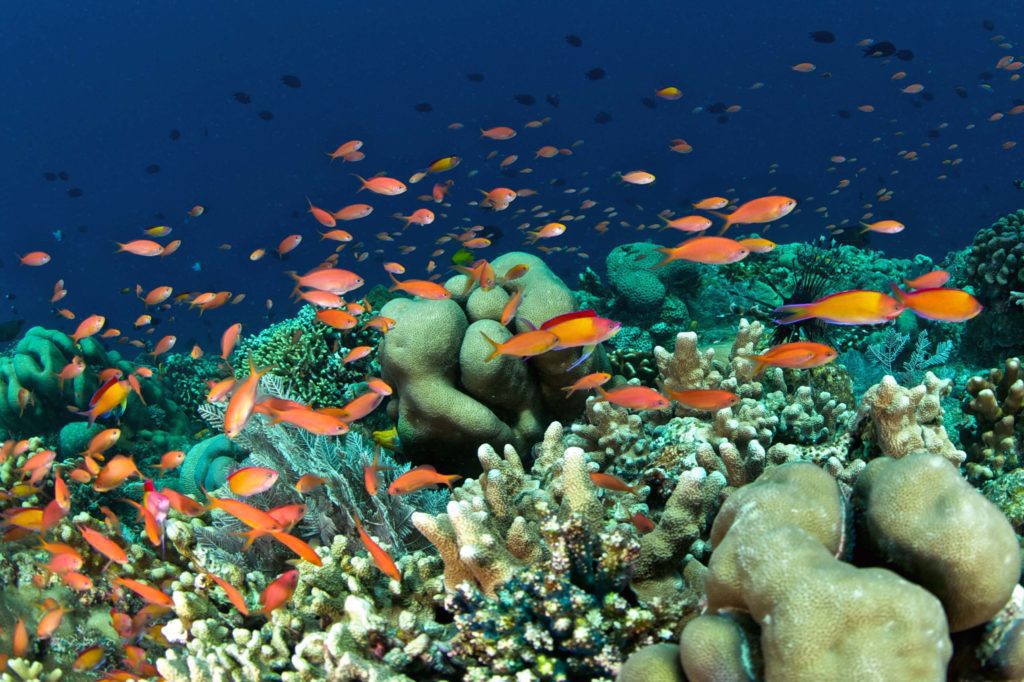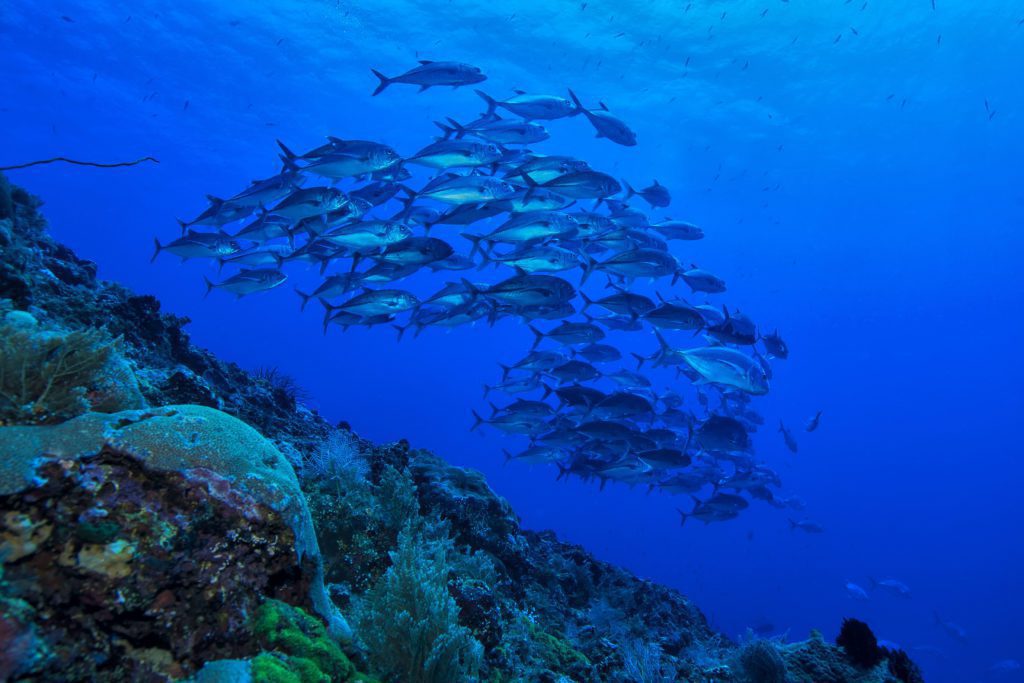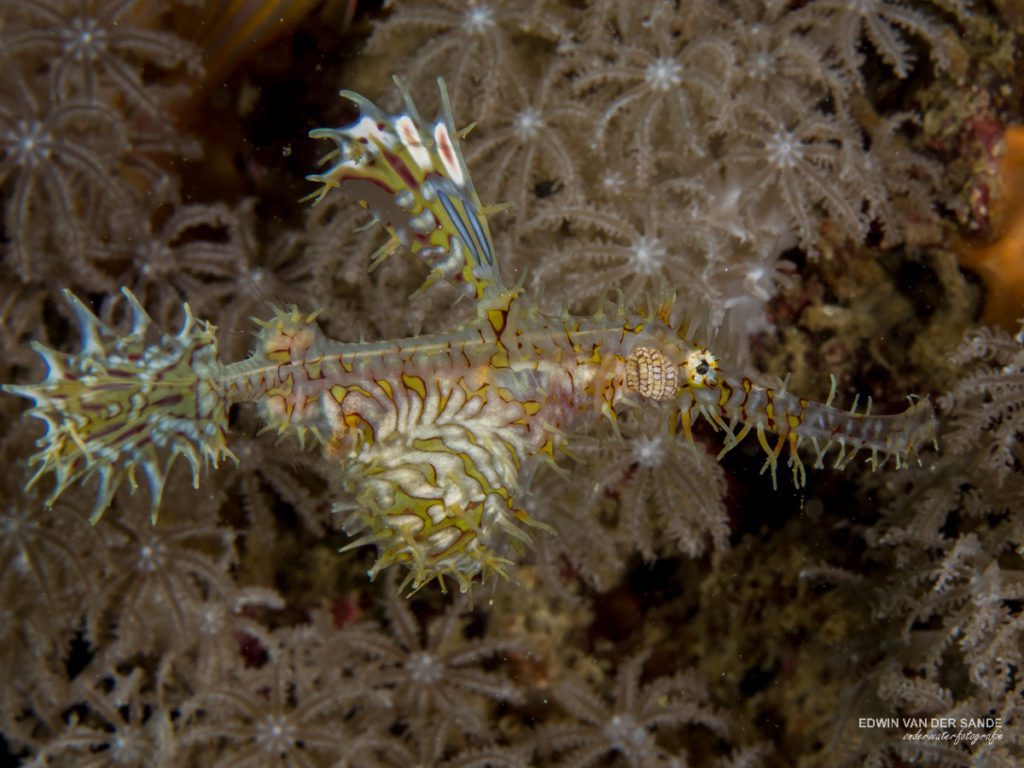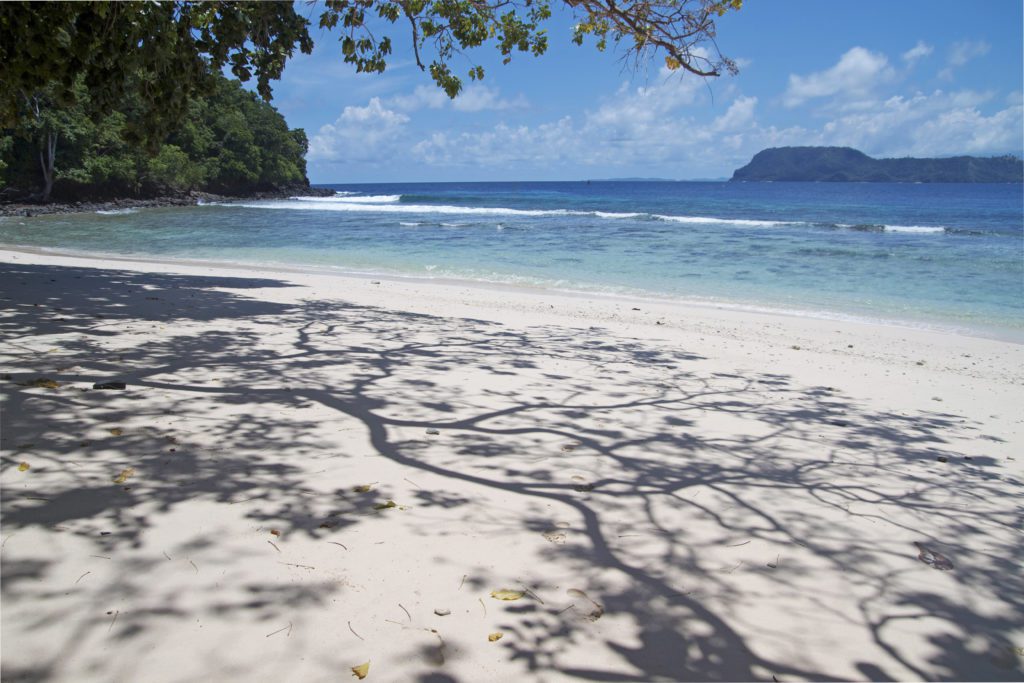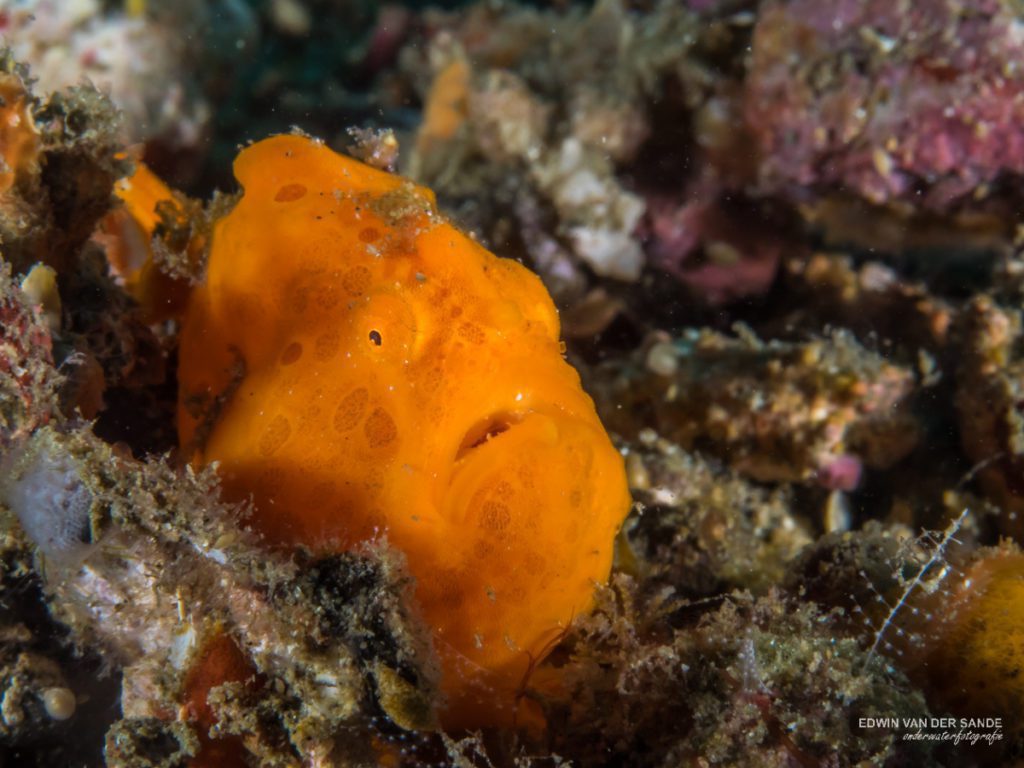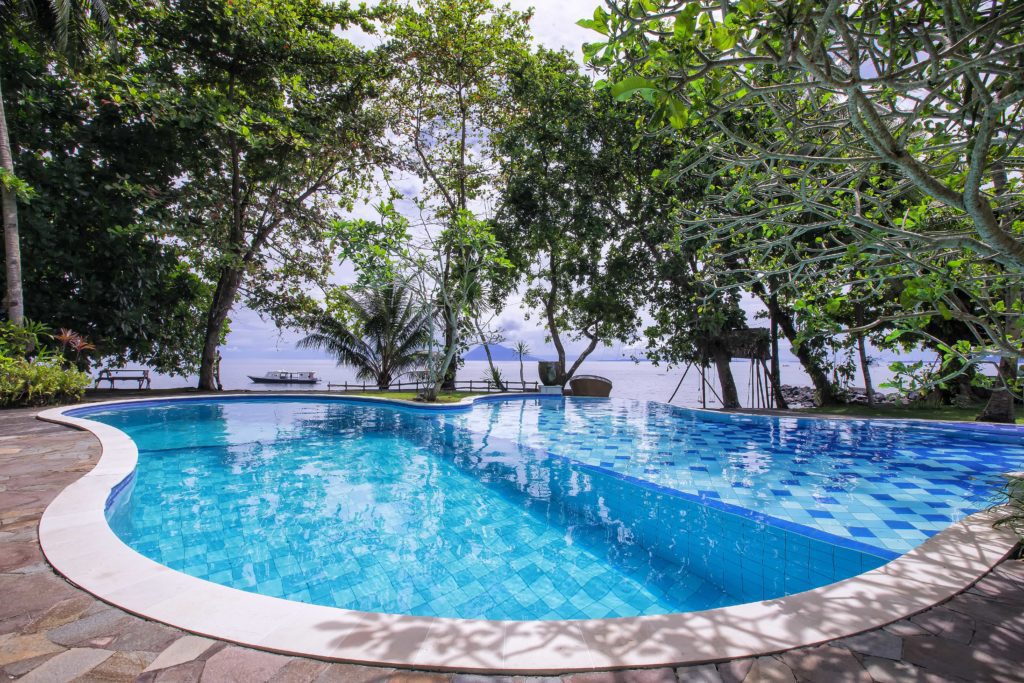The northern part of the Indonesian island of Sulawesi is renowned for offering world-class diving and, as SARAH WORMALD explains, it is possible for scuba divers to experience four very different aspects of this area on one phenomenal trip
Indonesia, the largest archipelago on the planet, is made up of more than 17,000 individual Islands. For divers it can be the place to dive, but with so many islands and so many options, how do you decide where best to spend your time?
One of the best ways to maximise a dive-trip to Indonesia is to take a “Passport to Paradise“ with Murex Dive Resorts and take in four phenomenal attractions in one easy trip.
North Sulawesi features diverse marine life and underwater topographies, but Bunaken Island and its surrounding marine park has long been hailed for spectacular vertical walls that plummet to depths of more than 900m.
The island is famous for its sloping reefs, adorned with spectacular soft corals and excellent macro-life that contrasts with with passing pelagics.
Manado Bay boasts rare species of critters but manages to combine both muck diving and coral reef. Lembeh Strait, often dubbed ”Critter Capital of the World“, is home to all things weird and wonderfulthat exist on its volcanic, black-sand sites, from Banggai cardinalfish to Lembeh sea dragons.
Seasoned divers may have visited one or more of these areas over several holiday trips, but it is quite possible to visit all of them in one go – in as little as seven to ten days.
From Murex Manado it should take no more than 40 minutes to reach the dive-sites around Bunaken by boat, so two morning dives there are the norm, with an afternoon dive around Manado Bay.
Murex Bangka Island Resort is a 100-minute boat-ride away from Murex Manado, and it is possible to enjoy two dives along the way in a seamless, diving transfer that opens up the opportunity of exploring remote sites between the two locations that would otherwise be inaccessible.
Bangka is also only 60 minutes from the world-famous Lembeh Resort in the strait and, with a “Passport to Paradise”, boat transfers with diving along the way are included – again providing the chance to dive lesser-known sites and absorb the scenery during the way.
Manado Bay
Manado is the provincial capital of North Sulawesi and the city sits on the edge of a large bay. Outside the town, beautiful countryside stretches up to the volcanic and picturesque highlands. Manado Bay has become well-known for the diversity of its sites and marine life, and though many are considered muck-diving sites they are littered with coral outcroppings and colourful reef.
Sites such as Bethlehem are populars with macro photographers keen to spot seahorses, pipefish and nudibranchs in the shallow seagrass beds, and frogfish and longfin squid on the deeper sandy slopes.
City Extra is a great site for exotic cephalopod seekers: mimic octopus, flamboyant cuttlefish, reef cuttlefish and blue ring octopus are all possibilities there, along with Ambon scorpionfish and a plethora of others. Night diving at these sites is a real treat.
Manado Bay is also home to the Molas shipwreck, which sank in World War Two. Its history is unclear, but the wreck lies on a sand slope that many divers enjoy as much as the wreck itself, because it’s littered with critters.
Tanjung Pisok is located close to the Molas and is a hard coral slope with dense green tree (tubastrea) corals, as well as sponges and table corals. This is a great site for finding interesting bottom-dwellers, including crocodilefish (flatheads), flounders, leaf-fish, dragonets and scorpionfish. Keep an eye out towards the blue, too, because eagle rays and tuna are known to pass through.
Bunaken Island
Bunaken Island is famous for its wall dives, but there are other sites that offer sloping reefs and a range of topographies. When you are based at Murex Manado, look out for dolphins on the boat-rides out each day!
Lekuan I and Lekuan II are two sites that epitomise the diving around Bunaken. They both offer dramatic vertical walls with ledges on which huge green turtles rest lazily, and small caves often occupied by whitetip reef sharks and beautiful corals bursting with macro-life.
The topography is breath-taking and the clouds of red-tooth triggerfish and pyramid butterflyfish in the blue are awe-inspiring.
Ron’s Point is an exciting Bunaken site that offers a sloping aspect in contrast to Bunaken’s classic walls. If you’re hoping to see big fish, this site should be on your list, with large tuna, jack, whitetip reef sharks, great barracuda and occasional passing eagle rays all possibilities there.
Sachiko’s Point is another wall-diving site on the eastern side of Bunaken, and it is frequented by larger species. It’s not unusual here to see blacktip and whitetip reef sharks, banded sea snakes and sting rays, as well as an array of smaller reef fish and turtles.
Bangka Island
Murex Bangka’s dive-sites range from sloping reef drifts, small walls, rock pinnacles and everything in between. The diving at Bangka is a kaleidoscopic experience, with world-class soft corals draped from every hard surface they could possibly inhabit.
These soft corals are home to pygmy seahorses, candy crabs and beautiful cowries, as well as soft coral shrimps. When you’re not diving at Bangka, it‘s the perfect place to relax and unwind in peace and tranquility, surrounded by nature.
Sahaung is one of Bangka’s most colourful dive-sites and it offers decent currents to boot. Schooling blue-striped snapper hover over the reef, juvenile whitetip reef sharks hide out beneath table corals, clouds of red-tooth triggerfish occupy the blue and passing dog-tooth tuna and barracuda are known to cruise by.
If you’re looking for critters, Batu Mandi is an excellent site to visit. You’ll find a series of underwater pinnacles rising from around 25m, but the hard corals are the highlight, along with giant and warty frogfish, cuttlefish and more pygmy seahorses.
Lembeh Strait
Lembeh Strait has been referred to as the “Twilight Zone”, because of its rare and unusual marine life. Most of the dive-sites consist of black-sand slopes that might appear barren at first sight but, after a second glance, soon reveal their secrets.
Iconic Lembeh Strait critters include the hairy frogfish, blue ring octopus, mimic octopus, wunderpus, flamboyant cuttlefish, rhinopias, Ambon scorpionfish, harlequin shrimps, bobtail squid, pygmy seahorses (three species) – and the list goes on and on!
TK, Hairball and Jahir are three of Lembeh’s best-known black-sand sites. The trick to diving is to go slowly and check out every rock and pieces of debris you see. These items all provide potential hide-outs for critters. A guide with eyes tuned to spotting macro-life is always helpful at these sites.
Nudifalls is a combination site that offers something for everyone; a small wall, rubble patches, sand and a deeper garden of soft corals. The anemones towards the foot of the wall are where divers can catch a glimpse of the rare and endangered Banggai cardinalfish.
This fish grows no longer than 8cm and has exquisite markings, a mix of stripes and dots. Nudifalls, as its name suggests, is where you’ll see a wide variety of nudibranchs as well as soft coral crabs, pygmy seahorses, ribbon eels, giant frogfish and occasionally rhinopias.
Another great site for finding Banggai cardinalfish is Bianca, a dive-site next to, and sometimes a little bit beneath, a permanently moored ship of that name. It’s also a site for seeing mandarinfish weaving in and out of the staghorn corals – for once, in the daytime!
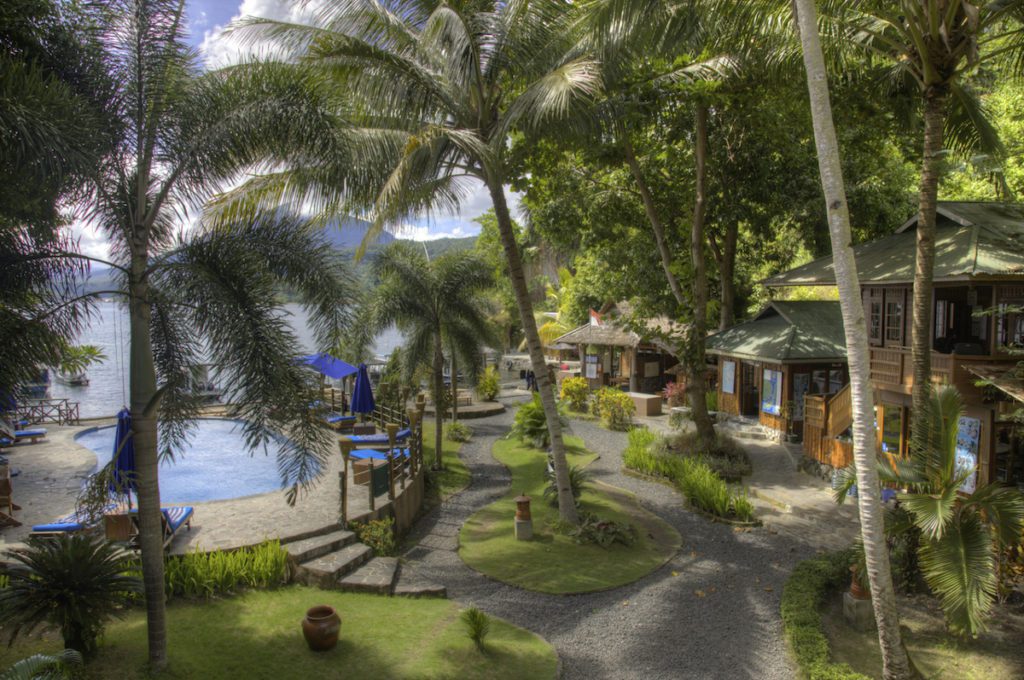
If you’re looking for rare species, then Lembeh must be included on your itinerary. Lembeh Resort offers luxurious accommodation and have won the Blue Green 360 Dive Operator of the Year award, an indication of the environmental efforts it makes.
Note that when taking a “Passport to Paradise“ trip, all three resorts (Murex Manado, Murex Bangka and Lembeh Resort) also offer exceptional house reefs, and you’ll be accompanied by the same guides from start to finish.
Dry time
Both Murex Dive Resorts and Lembeh Resort offer a range of land tours, so for those who want to soak up some culture during their stay, or for non-divers in a party, there are a number of options:
Tangkoko National Park is home to the black-crested macaque, which is indigenous to North Sulawesi. If you’re lucky, you might also spot the tarsier monkey, the world’s smallest primate species. Tangkoko claims to protect at least 127 species of mammals, 233 bird species and 104 reptile and amphibian species, so there is a lot to see.
The Minihasa Highlands offer fresh air, spectacular scenery, traditional flower markets, volcanic peaks and crater lakes, and a tour is a great way to see rural North Sulawesi, experience the culture and interact with the friendly people.
Whitewater rafting through the jungle is available if you’re looking for some additional excitement, and should succeed in getting your adrenaline pumping!
Spa facilities are available at many dive resorts and a relaxing day of massages, manicures and pedicures can be a good way to unwind at the end of a diving trip.
Find out more about the “Passport to Paradise“’, at the Murex site or, to learn more about Lembeh Resort, check out its site.
Also on Divernet: Indonesia: Muck-diving capital of the world, Adventures In Wunderland, Superlative Siladen: Diving at Bunaken, The art of critter capture, The best of Bunaken
